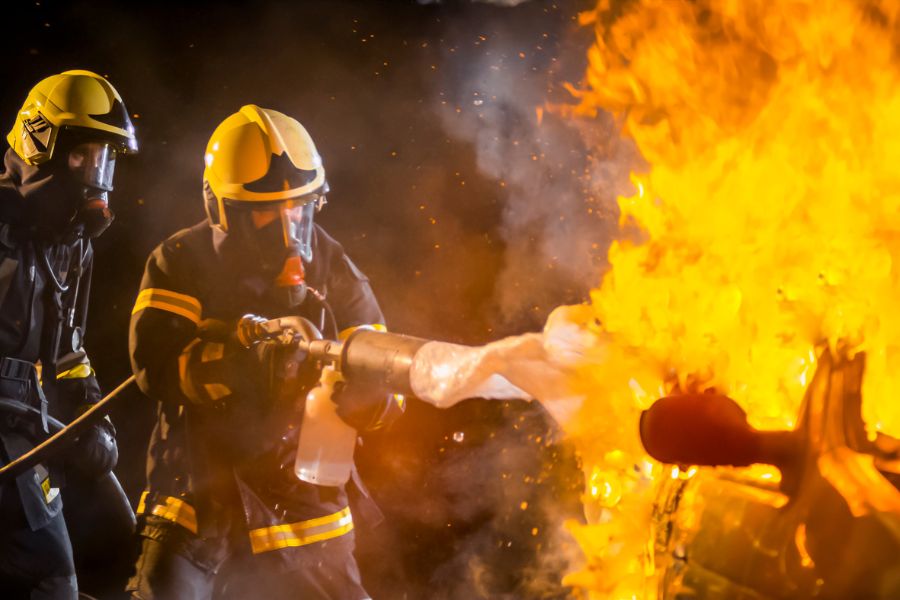
fire suppression system
Fire suppression systems are crucial for protecting both lives and property from the devastating effects of fires. These systems are designed to detect, suppress, and prevent the spread of fires, reducing the risk of significant damage and ensuring safety. In a fire emergency, having a reliable fire suppression system can be the difference between a small incident and a major disaster. Whether for residential, commercial, or industrial properties, fire suppression systems play an essential role in fire safety strategies.
What is a Fire Suppression System?
A fire suppression system is an engineered system that aims to extinguish or control fires automatically, without the need for human intervention. These systems are typically integrated with a fire detection system, such as smoke detectors, which alert the system when a fire is detected. Once activated, the suppression system uses various methods, including water, chemicals, gases, or foam, to stop the fire from spreading.


These systems are widely used in environments where traditional firefighting methods might be too slow or ineffective. For example, in server rooms, kitchens, industrial settings, or chemical plants, fire suppression systems are vital for ensuring safety.
Types of Fire Suppression Systems
Water-Based Systems: sprinklers are the most common type of fire suppression system used in both residential and commercial properties. They are highly effective for fighting fires that involve ordinary combustibles, such as wood, paper, and textiles. Water-based systems include automatic sprinkler systems and deluge systems that use water to cool down the fire and limit its spread.
Foam-Based Systems: Foam fire suppression systems are used to control fires involving flammable liquids, such as oils, chemicals, or fuels. These systems create a layer of foam that covers the fire, cutting off the oxygen supply and preventing the fire from reigniting. Foam-based systems are especially useful in industries like aviation, oil refineries, and chemical manufacturing.
Chemical-Based Systems: Chemical fire suppression systems, also known as clean agent systems, use specific chemicals to extinguish fires without leaving residue. These systems are ideal for sensitive environments like computer rooms, data centers, and libraries, where water damage from sprinklers could be harmful. Common agents include FM-200, Novec 1230, and CO2.
Gas-Based Systems:Gas suppression systems, such as carbon dioxide (CO2) systems, are commonly used in confined spaces and areas with electrical equipment. These systems work by displacing the oxygen in the room to suffocate the fire. CO2 is effective for putting out fires involving electrical equipment, but it requires caution, as it can be hazardous to humans in high concentrations.
Hybrid -Based Systems: Hybrid systems combine two or more suppression methods, like water and foam or foam and chemicals, to provide enhanced protection. These are used in specialized environments where more than one type of hazard is present, such as industrial plants where both chemical and combustible materials are used.